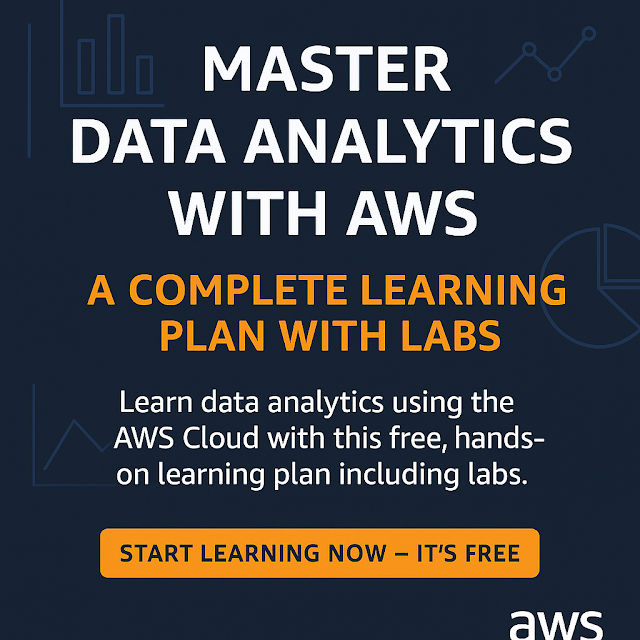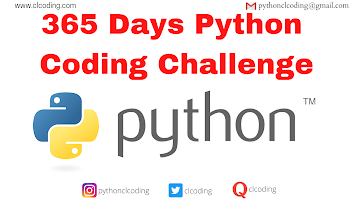Introduction
In today’s cloud-centric development landscape, application developers must be skilled in not just writing code but also integrating, deploying, and debugging that code in cloud environments like AWS. The AWS Certified Developer – Associate (DVA-C02) certification validates your ability to build, deploy, and maintain applications on AWS using core services. This exam prep specialization provides the knowledge, hands-on labs, and strategic guidance necessary to pass the certification and succeed in real-world AWS development roles.
About the Certification
The DVA-C02 is the latest version of the AWS Certified Developer – Associate exam. It tests your proficiency in writing code that interacts with AWS services, deploying applications using CI/CD pipelines, and using SDKs, APIs, and AWS CLI. Unlike general programming exams, this certification focuses specifically on application-level knowledge of AWS services such as Lambda, DynamoDB, S3, API Gateway, CloudFormation, and more.
Exam Details:
Exam code: DVA-C02
Format: Multiple choice, multiple response
Duration: 130 minutes
Cost: $150 USD
Recommended experience: 1+ year of hands-on experience developing AWS-based applications
Who Should Take This Specialization
This specialization is ideal for:
Application developers using AWS SDKs or services
Software engineers building serverless applications
DevOps engineers implementing CI/CD and monitoring
Back-end developers deploying microservices in AWS
Students or professionals preparing for the AWS Developer – Associate certification
It’s tailored for those who already know how to code and now want to apply that knowledge effectively in the AWS ecosystem.
Course Structure Overview
The course is divided into structured modules, typically including:
Video tutorials and walkthroughs
Hands-on labs with AWS Console and CLI
Practice quizzes and mini-challenges
Mock exams modeled on DVA-C02
Assignments and cloud deployment tasks
It closely mirrors the exam blueprint provided by AWS, ensuring each topic receives the necessary depth and practice.
Key Learning Domains Covered
1. Deployment
Learn how to deploy applications using AWS services like Elastic Beanstalk, CloudFormation, and SAM (Serverless Application Model). This module helps you automate, version, and roll back your deployments efficiently.
Skills You’ll Gain:
Deploying apps using Elastic Beanstalk and SAM
Creating CloudFormation templates for IaC
Managing deployments using CodeDeploy and CodePipeline
Blue/green and canary deployment strategies
2. Security
Understand how to secure applications using IAM roles and policies, KMS for encryption, and Cognito for user authentication. This section ensures you follow best practices around authorization, access control, and secrets management.
Skills You’ll Gain:
Implementing fine-grained IAM permissions
Using KMS for encrypting data at rest
Securing API Gateway endpoints with Cognito and Lambda Authorizers
Managing secrets with AWS Secrets Manager and Parameter Store
3. Development with AWS Services
This is the core of the exam. Learn how to write applications that use the AWS SDK (Boto3, AWS SDK for JavaScript, etc.) to interact with services like S3, DynamoDB, Lambda, and SQS. You’ll also understand service integrations in serverless and event-driven architectures.
Skills You’ll Gain:
Using SDKs to access S3 buckets and DynamoDB tables
Creating and invoking Lambda functions with triggers
Publishing and receiving messages via SNS and SQS
Handling errors, retries, and exponential backoff
4. Refactoring
Learn how to improve code performance, maintainability, and cost-effectiveness by refactoring legacy applications into cloud-optimized architectures. You'll learn how to shift to event-driven, stateless, and scalable systems.
Skills You’ll Gain:
Migrating monolithic apps to microservices
Refactoring synchronous APIs into asynchronous workflows
Applying caching and edge computing via CloudFront
Optimizing function cold starts and memory usage
5. Monitoring and Troubleshooting
Master the use of CloudWatch, X-Ray, and CloudTrail to monitor application health, performance, and errors. Learn to set up alerts, logs, traces, and dashboards to maintain high availability and SLAs.
Skills You’ll Gain:
Logging and tracing with CloudWatch Logs and AWS X-Ray
Setting up alarms and dashboards for performance metrics
Debugging failed Lambda executions and API Gateway errors
Automating remediation steps using EventBridge rules
Hands-On Labs and Projects
Real-world labs are a crucial part of this specialization. You’ll complete tasks like:
- Building a serverless REST API using Lambda + API Gateway
- Storing and retrieving files using the AWS SDK and S3
- Triggering functions via SQS events and SNS topics
- Writing infrastructure-as-code templates with CloudFormation
These exercises mimic tasks you’ll perform both in the real job role and on the exam.
Tips for Exam Preparation
To prepare effectively for the DVA-C02 exam:
- Understand each AWS service’s purpose and interaction with others
- Use the SDK (e.g., Boto3 or Node.js SDK) regularly to build apps
- Memorize common IAM policy structures and CloudFormation syntax
- Practice building serverless architectures with triggers
- Take timed mock exams to prepare for the exam pace
- Study AWS Developer Tools, including CodeCommit, CodeBuild, and CodePipeline
Also, read whitepapers like:
“AWS Well-Architected Framework”
“Serverless Architectures with AWS Lambda”
“Security Best Practices in IAM”
Benefits of Certification
Earning the AWS Developer Associate certification:
Validates your practical coding skills in the AWS ecosystem
Increases your credibility with hiring managers and employers
Boosts your earning potential – certified developers often earn 15–25% more
Opens doors to roles like Cloud Developer, Serverless Engineer, or Application Architect
Prepares you for advanced certs like the DevOps Engineer – Professional
Career Opportunities After Certification
After completing the specialization and exam, you can pursue roles such as:
Cloud Application Developer
AWS Serverless Engineer
Cloud Software Engineer
Full Stack Developer (Cloud Native)
DevOps Developer
Solutions Developer for SaaS products
Your skills will be in demand across sectors like finance, e-commerce, healthcare, and tech startups adopting microservices and serverless.
Where to Learn
You can find this specialization on major learning platforms:
Coursera (AWS Specialization Track)
AWS Skill Builder (Official)
A Cloud Guru / Pluralsight – Strong lab-based content
Udemy – Affordable and packed with practice questions
Whizlabs – Focused on mock exams and practice tests
Choose based on your learning style—video lectures, hands-on practice, or self-paced study.
Join Now: Exam Prep DVA-C02: AWS Certified Developer Associate Specialization
Join AWS Educate: awseducate.com
Free Learn on skill Builder: skillbuilder.aws/learn
Final Thoughts
The AWS Certified Developer – Associate (DVA-C02) certification is not just an academic badge—it’s a testament to your ability to design and deploy real-world applications on one of the world’s most widely used cloud platforms. This exam prep specialization prepares you for every aspect of the exam—from theory to hands-on labs—so you walk into the testing center confident and capable.
Whether you’re aiming to validate your development experience, move into a cloud-native developer role, or progress toward AWS professional certifications, this specialization is the right next step in your career.




























.png)






.png)























